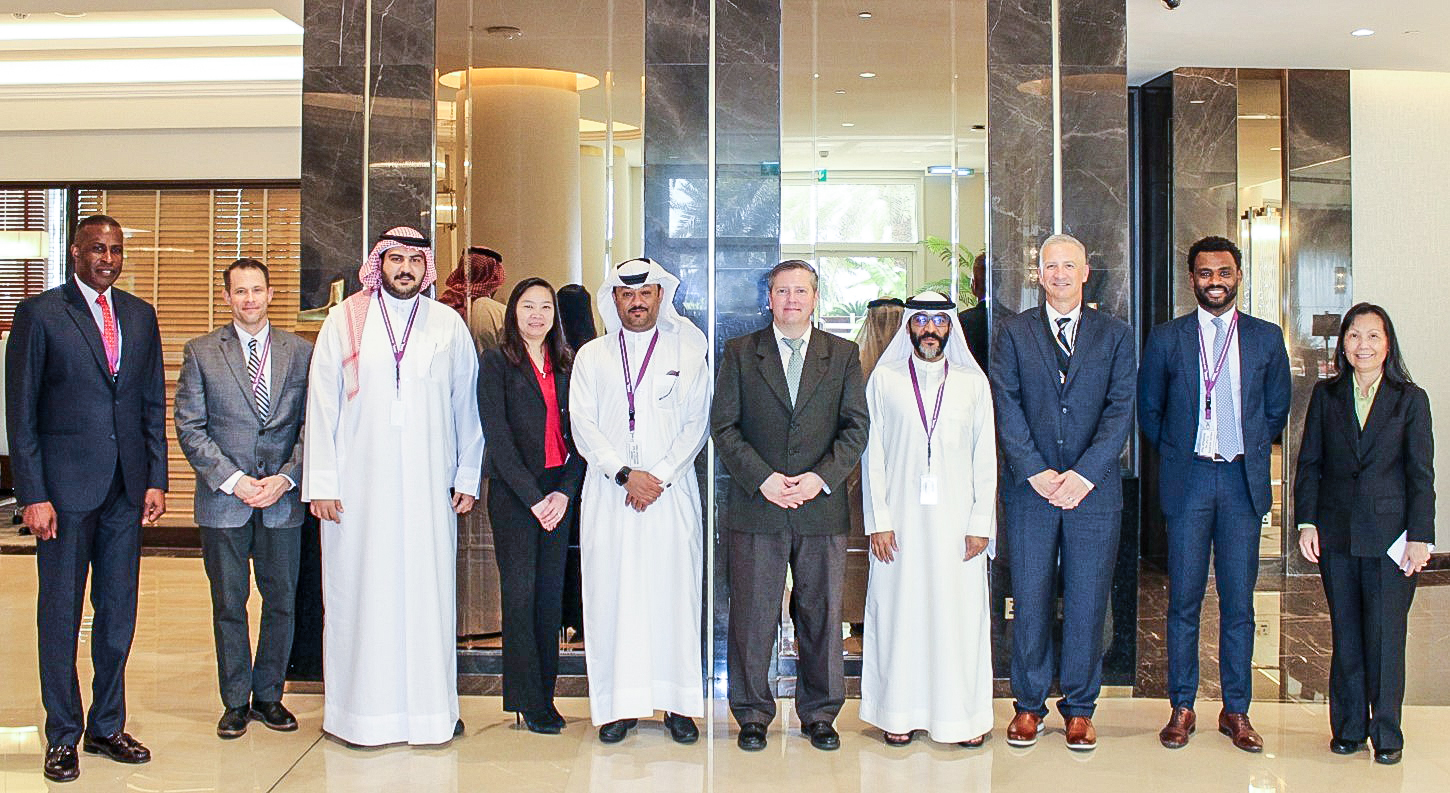NEWS & EVENTS
Office of Strategic Communications and Public Affairs

Representatives from 15 various U.S. government agencies and 26 vendors from 10 countries convened in the Persian Gulf last month at the seventh annual Critical Infrastructure Protection Symposium (CIP) Southwest Asia in Bahrain.
The symposium was hosted by the Defense Information Systems Agency Central Field Command and the Defense Information Technology Contracting Organization.
The CIP Symposium provides an opportunity for DISA to share information on its missions and processes with vendors and other government organizations, learn more about changing telecommunication landscapes in the Southwest Asia region, and address ways that government and industry can work together to strengthen the agency’s working relationships according to U.S. Army MAJ Valencia Joseph, DISA Central Bahrain deputy officer in charge.
Events like the CIP Symposium strengthens the collaboration between government and industry by providing a co-located space for both entities to meet and discuss current vulnerabilities, capabilities and find ways to minimize vulnerabilities, improve current capabilities and plan for future requirements that aligns with our strategic goals.
“The Southwest Asia Critical Infrastructure Protection Symposium represents an outstanding opportunity to bring together all the key stakeholders that create, deliver and protect critical communication infrastructure in the region, said U.S. Army Brig. Gen. Joseph A. Papenfus, DISA chief of staff.
“Regardless of whether you are a service member, government ally, or industry partner, it is essential that we all work together to maintain peace and security throughout the U.S. CENTCOM area of responsibility, Papenfus said adding that,
“Only by working together will we be able to understand and respond to the gaps, seams and vulnerabilities in the region’s critical infrastructure.”
“The symposium links DISA, the DOD communications backbone, with vendors to build global communications links to increase speeds, security, and diverse paths for improved resiliency,” he added. “In this way it aligns with the fourth priority of the National Defense Strategy, building a resilient joint force and defense ecosystem.”
A wide range of information was presented at this year’s symposium to include Global Network Services, Change and Release management-service interruptions, Network Operations, Lease testing and acceptance, Facilities access, DISA Resource Management and Joint Contingency Contracting System, Cienna capabilities, and Microwave Accelerated Xtensions capabilities.
The theme for this year, “Get Real and Get Better,” focused on “providing government and industry with a better understanding of whether the level of services provided by DISA through telecommunication providers helps mission partners in fulfilling their missions,” according to U.S. Navy Cmdr. Jimmie Nelson, officer in charge for DISA’s Bahrain Field Office.
There was also emphasis for government and industry to collaborate as a team to help identify ways to improve services and aid mission partners in developing new initiatives to support current and future missions Nelson added.
Partnerships between mission partners and industry also have a positive impact on the warfighter in the field said Joseph. “Warfighters are supported by these partnerships when the mission partners and field command representatives collaborate with agencies to improve base access for communication installs and approving vendors access for troubleshooting outages and ideally return circuits to service sooner. They also become more aware of new capabilities that may improve communications in the future,” she said.